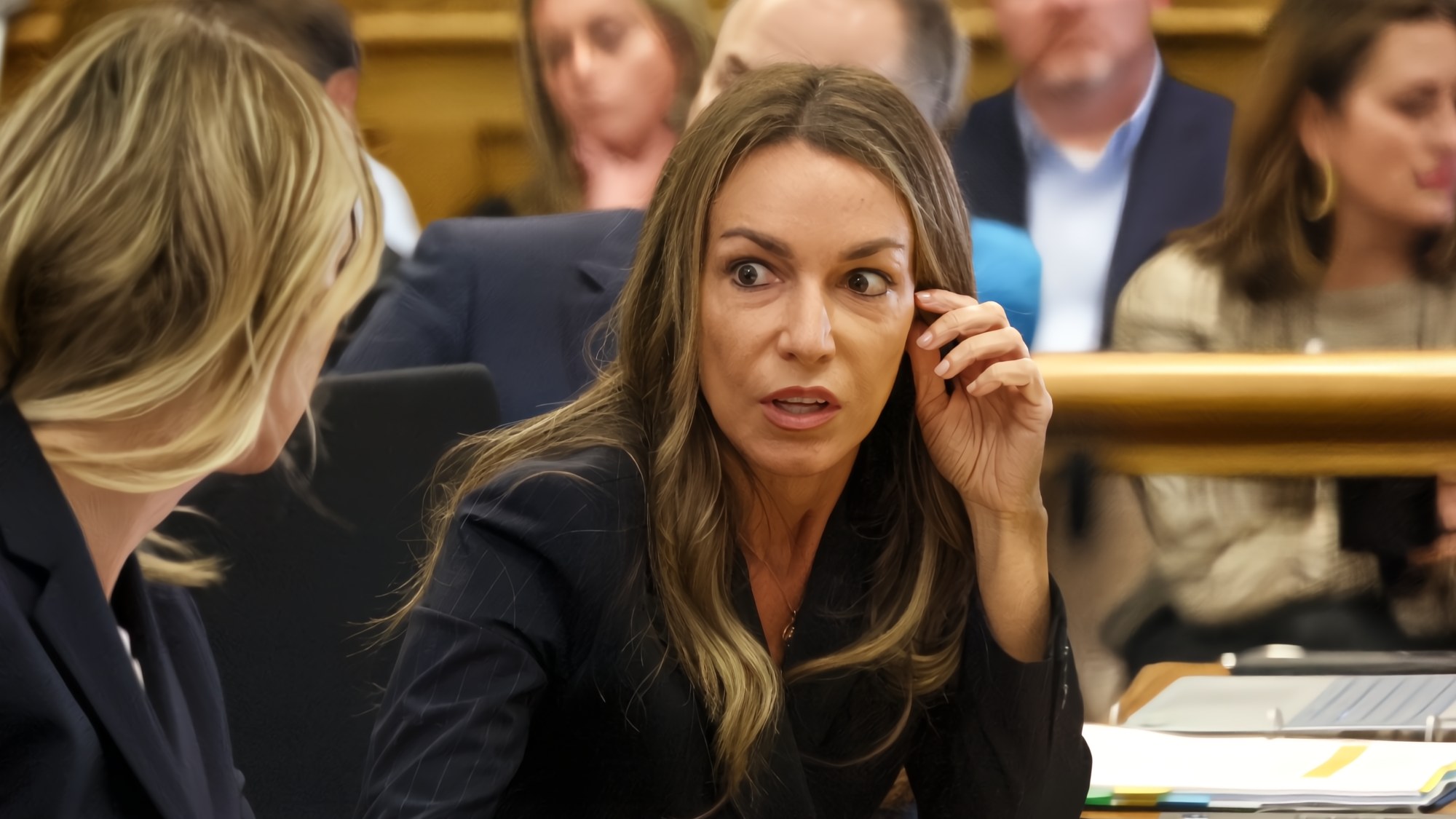I believe in the Sixth Amendment. I believe people deserve a fair trial — especially when they’re accused of murder. But “A Body in the Snow: The Trial of Karen Read,” now streaming on Max, made me question how that’s even possible when the criminal justice system is this broken.
The three-part docuseries follows the 2024 trial of Karen Read, who was accused of killing her boyfriend, Boston police officer John O’Keefe, by backing into him with her SUV and leaving him to die in the snow.
From the beginning, nothing about this case sat right with me. The story the state was telling didn’t make sense. The evidence was flimsy. And the people building the case against Read were disturbingly close to the victim — and to each other.
The series doesn’t spin a conspiracy theory. It doesn’t need to. It just presents the facts — and those facts are damning. This is a story about confirmation bias, conflict of interest, and a culture of protecting your own. It’s about how deeply wrong things can go when the people in power decide who’s guilty before the trial even begins.
What to know about the Karen Read trial
The facts of the case are strange. In the early morning hours of January 29, 2022, Read dropped O’Keefe off at a house party in Canton, Massachusetts, attended by fellow police officers. Hours later, his body was found on the front lawn, bloodied and covered in snow.
The state argued that Read, after a fight, reversed into him while intoxicated and left him for dead. But their timeline doesn’t add up — not to me, and not to the many supporters who’ve rallied behind Read since her arrest.
If she hit him, how did he end up on the lawn? Why was there so little blood at the scene? And why did so many witnesses at the party suddenly remember helpful details months later — after talking to investigators?
The series introduces these questions slowly, letting the cracks in the prosecution’s case widen in real time. It also highlights how investigators zeroed in on Read almost immediately — even as evidence began to suggest that O’Keefe may have been injured inside the house, possibly by a dog, before being dragged outside. A
t one point, the docuseries shows footage of a federal investigator noting that no one else at the party was treated as a suspect. Not even for a second.
Conflict, bias and shaky evidence
Watching this play out, I kept coming back to one question: how is this legal?
How can it be legal for the same local police department to investigate the possible involvement of their own officers and their friends? How can it be legal for a detective who was dating one of the partygoers to oversee the case? How can you have a fair trial when the people in charge of the evidence have already made up their minds?
Read’s defense team eventually argued that she had been framed, that O’Keefe was injured in the house and placed outside, and that a group of insiders helped cover it up. That’s a huge claim.
But after watching “A Body in the Snow,” I don’t know what to believe anymore. The only thing I’m sure of is that this was not a fair investigation.
There’s one moment that sums it all up. In the final episode, we see footage of the prosecutors announcing the indictment — not in a press release, not in court, but at a press conference flanked by officers, with applause erupting in the room.
It felt less like a legal proceeding and more like a pep rally. And that, more than anything, told me everything I needed to know.
Why you should stream Max’s Karen Read trial docuseries
This documentary isn’t just about one woman’s trial — it’s about what happens when personal relationships and institutional loyalty are allowed to contaminate a criminal investigation.
Whether or not Karen Read is guilty is beside the point. The documentary shows how bias, access, and unchecked power can tilt the scales of justice beyond repair.
If you’re someone who cares about civil rights, due process or the credibility of the legal system, “A Body in the Snow” is a must-watch. It forces you to ask: What does a fair trial really look like? And how many people are convicted without ever getting one?
Watch “A Body in the Snow: The Trial of Karen Read” on Max
More from Tom’s Guide
Source link
